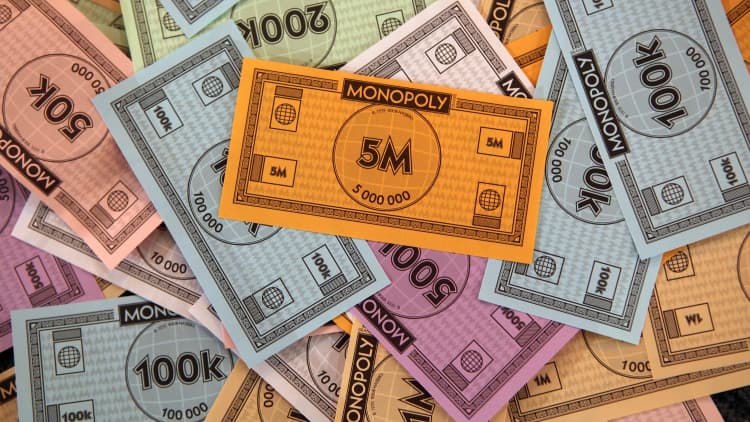In the intricate world of financial transactions, accuracy and efficiency are paramount. One innovative method that is gaining traction for improving these aspects is the use of fake money. Though it might sound counterintuitive, fake money, when used responsibly and ethically, can significantly enhance financial processes. Here is how:
Training and Simulation
One of the most effective uses of fake money is in training and simulation exercises. Financial institutions, retail businesses, and educational organizations frequently use counterfeit currency to train employees in handling cash. This hands-on approach allows staff to practice counting, sorting, and verifying money without the risk of dealing with real funds. By simulating real-world scenarios, employees can develop their skills and confidence, leading to greater accuracy and efficiency when handling genuine transactions.

Testing Financial Systems
Financial systems and technologies, such as point-of-sale POS systems and automated teller machines ATMs, benefit from rigorous testing. Fake money provides a risk-free means to test these systems under various conditions. For instance, financial institutions can use counterfeit bills to ensure their machines accurately detect, sort, and process currency. This not only helps in identifying potential issues but also ensures that systems are fine-tuned for optimal performance, thus enhancing overall efficiency in handling real transactions.
Fraud Prevention and Detection Training
The rise in sophisticated counterfeit techniques has necessitated improved training for fraud detection. Fake money can be used to train employees in recognizing counterfeit bills and understanding the various security features of genuine currency. By familiarizing themselves with common counterfeit characteristics, staff can more effectively spot fraudulent transactions in real life. This proactive approach helps in preventing fraud, which can be a major disruptor to financial efficiency and accuracy.
Operational Efficiency in Cash Management
Businesses dealing with large volumes of cash, such as retail stores and banks, can use fake money to streamline their cash management processes. For example, during busy periods, employees can practice cash handling procedures with fake money to ensure that they can handle real cash efficiently and without errors. This practice helps in minimizing human error and ensures that cash management practices are smooth and accurate, which is crucial for maintaining operational efficiency.
Enhancing Financial Literacy and Education
Educational institutions and financial literacy programs often use fake money as a teaching tool. By engaging students in practical exercises involving counterfeit currency, educators can illustrate concepts related to budgeting, savings, and financial transactions in a tangible way. This hands-on experience helps learners understand the principles of financial management better and prepares them for real-world financial interactions, ultimately promoting accuracy and efficiency in their financial activities.
While the idea of using fake money might seem unconventional, its applications in training, system testing, fraud prevention, cash management, education, and marketing demonstrate its value in enhancing accuracy and efficiency in financial transactions. By buy counterfeit money, organizations can improve their operational practices, prepare their staff for real-world scenarios, and ultimately contribute to a more accurate and efficient financial ecosystem.

